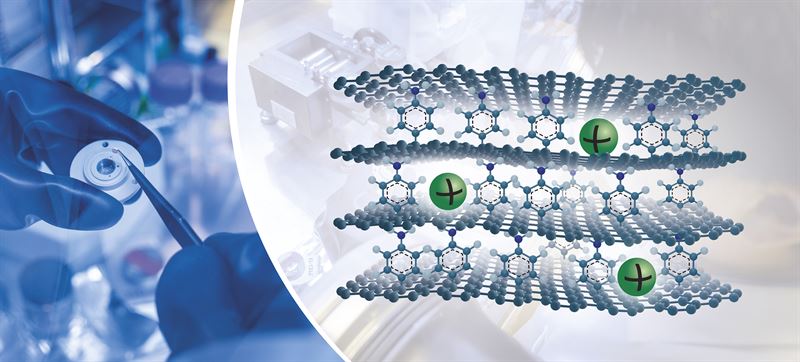Graphene, applied in a sodium-ion battery may herald inexpensive alternatives to lithium-ion cells. Scientists are exploring ways of making batteries not only more energy-dense, but also less costly. Sodium, a primary ingredient in table salt, is one possibility. It’s also abundant without too much effort required to find it. On the other hand, easily-obtainable lithium may become in short supply at a time when the world is clawing its way into the earth searching for more. Sodium is the sixth most abundant element on earth, making up about 2.6 percent of the planet. It’s never found free in nature, but always as part of something like the salt (NaCl) one can see it crusting over from evaporating bay water near Moffett Field, California, or in the Great Salt Lake in Utah. New Atlas reports, “These sodium-ion batteries would function much like today’s lithium-ion batteries, generating power by shuttling ions between a pair of electrodes in a liquid electrolyte, but as …
Salting the Battery
Ideally, battery materials should be abundant, cheap, and safe. NaCl (salt) seems to manage three out of three of these, but can it manage the energy and power density of less abundant and more expensive materials such as lithium? Faradion, an English enterprise specializing in “advanced energy storage solutions,” thinks that the salt of the earth may indeed be part of the secret sauce in their new battery. Initial applications will probably be in large energy-storage systems associated with renewable energy, but forward-looking statements (we used to call them predictions) show the potential for lighter, smaller batteries that could compete with lithium-ion cells. Since the introduction of new technology does not usually come from a single source, Faradion is partnered with co-funders Innovate UK, the UK’s innovation agency; Williams Advanced Engineering and the University of Oxford. The group is building 3 Amp-hour prismatic cells “containing Faradion’s novel cell chemistry, and are being incorporated into battery packs by Williams.” This will …

